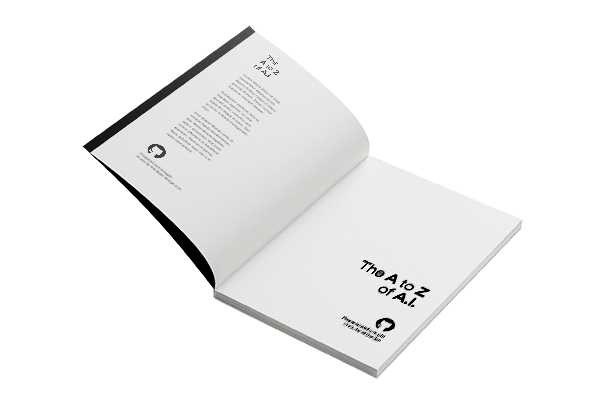This glossary is a knowledge base that aims to make Artificial Intelligence (AI) concepts accessible and understandable to a wide audience. 🌟 Our mission is to break down complex AI concepts and make them understandable for everyone, regardless of their technical background. 🎓💡
In this repository, you'll find:
- 📚 Clear and concise explanations of essential AI terms and concepts
- 🖼️ Engaging visuals, diagrams, and interactive elements to enhance learning
- 💻 Code snippets and examples to bridge theory and practice
- 🔍 Reliable citations and references to dive deeper into each topic
- 🌐 Open-source collaboration to ensure the glossary stays up-to-date and accurate
Let Alex know if you would be interested in joining as a maintainer with priviledges to merge PRs.
We believe in the power of open-source collaboration and welcome contributions from the AI community. Here's how you can help:
- 🐛 Found an error or outdated information? Open an issue and let us know!
- ✨ Have a new term or source to add? Submit a pull request with your proposed changes. Alternatively, you can open an issue or contact Alex directly if you find that method easier.
- 🎨 Want to improve an existing entry with visuals, code, or equations? We'd love to see your enhancements!
Together, we can create the most valuable and accessible AI resource on GitHub. 💪
The The A to Z of AI repository is maintained by Alex Fazio, a British-Italian Creative Technologist. Alex is the founder of AI Garden, a network of independent Italian research and technology organizations.
Each entry in the glossary MUST include the following at a minimum:
- Concise explanation - as short as possible, but no shorter
- Citations - Papers, Tutorials, etc.
Excellent entries will also include:
- Visuals - diagrams, charts, animations, images
- Code - python/numpy snippets, classes, or functions
- Equations - Formatted with Latex
Entries must be both reasonably substantive as well as reasonably accurate. This means that entries should be:
- Substantive and well-researched (i.e. not one-liners or otherwise uninformative)
- Accurately portray the state of research and the relevant literature (i.e. not inaccurate, misleading or false)
The goal of the glossary is to present content in the most accessible way possible, with a heavy emphasis on visuals and interactive diagrams. That said, in the spirit of rapid prototyping, it's okay to to submit a "rough draft" without visuals or code. We expect other readers will enhance your submission over time.
Join us on this exciting journey to demystify AI and make it accessible to all! 🌟
